A place you can enjoy autumn foliage and Karesansui
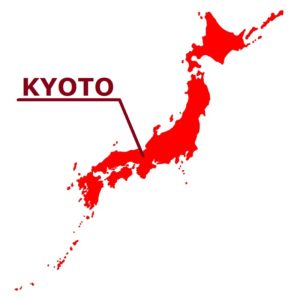
The area around Manshuin Temple, a little away from the hustle and bustle of Kyoto city, is surrounded by a very relaxed and quiet atmosphere.
The term “Monzeki” used to mean the temple where the royal family and aristocrat served as priests. It is a venerable temple in Kyoto that has many important cultural properties, including the national treasure “Kifudo” (Yellow Cetaka).
The temple began when Saicho (Saicho (767 – 822): Founder of Japanese Tendai Sect.) founded Mount Hiei during the Heian period. After several relocations, it was built in the current location at the foot of Mount Hiei during the Edo period.
Above all, the garden of Karesansui is very famous. This garden has been selected as a national scenic spot. It seems that the building has not been renovated almost since it was built in this place, and that the style of the garden has not changed since it was founded.
You can see the Karesansui garden from Oshoin (Also known as hondo) in Shoin-zukuri style (a style of Japanese domestic architecture that includes a tokonoma) building. Karesansui expresses the flow of water using stones and sand without using water, and expresses the landscape of mountains and water. So the basic colors are sober. The garden, which had a somber color of evergreens such as sand, stone and pine during the summer, began to mix in vivid colors in November.
Point!
Introducing access to Manshuin Temple. Bus service is convenient to Manshuin Temple. From Japan Railway Kyoto Station, take the Kyoto Municipal Bus Terminal 5 bus and get off at “Ichijoji Shimizucho”. From there, walk east to the destination in about 20 minutes.
Charms and Highlights of Manshuin Temple
One of Five Monzeki Tendai Sect
Manshuin Temple is a temple of Tendai sect which is regarded as one of the most famous temple in Rakuhoku, and it is counted as one of the five Tendai five Monzeki Temples along with Shoren-in Temple, Sanzen-in Temple, Myoho-in Temple, Bishamon-do Monzeki Temple. Originated in Mt. Hiei as dojo-seminary for nation protection by Dengyo Daishi Saicho (Buddhist Monk named Saicho with the posthumous title of Dengyo Daishi) around the year 800 AD. After that, after several relocations, Imperial Prince Yoshinao entered the temple in 1656, and it is said that the temple was moved to present location. The principal image of worship is Amitabha Nyorai.
The garden in front of Daishoin is the most important sight in Manshuin Temple. Karesansui (dry landscape) garden is spreading, it is made to have two islands with white sand as the sea. The two islands are named Tsuru (crane) Island and Kame (turtle) Island. Crane is expressed by Japanese white pine which is said to be 400 years old.
Also, throughout the four seasons, the garden in which various flowers are blooming makes us look different from season to season. Especially, Kirishima azalea which makes flowers bloom around the beginning of May is beautiful, deep red flowers harmonize with the garden and it is very beautiful. Autumn leaves are also beautiful, colored trees and gardens have a feeling.
Manshuin Temple is also known as a picturesque spot for the viewing of colorful autumn foliage, and you can enjoy splendid autumn leaves when visiting in autumn. The garden which looks from indoors has become popular as autumn leaves shine in autumn. You can enjoy Manshuin Temple with a different atmosphere from the fresh green season.
The colored leaves of the shrine are splendid
Manshuin Temple is Monsekijiin where colored leaves dyed red-hot beautifully shine in the “Karesansui” (dry landscape Japanese garden). In addition, the colored leaves of the approach to a shrine are splendid, too, and the state that the ground was dyed red-hot in “chirimomiji” (scattered colored leaves) is the best part.
A Monsekijiin is a prestigious temple where members of imperial family and nobility resided for the priesthood for generations.
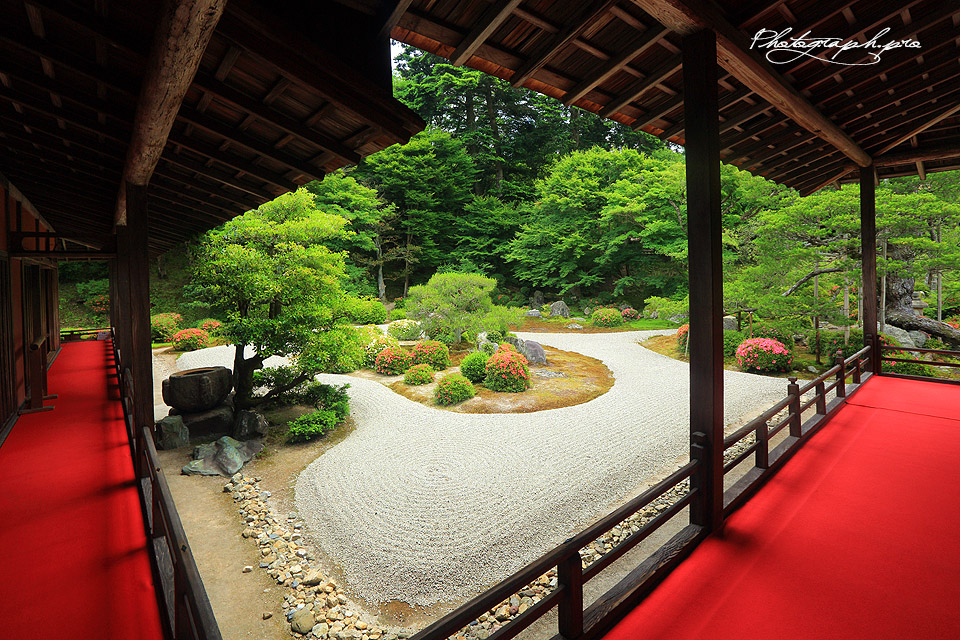
A large number of cultural asses
It is surrounded by the old tree of a cedar and a maple in the temple with the quiet, elegant flavor, and has a large number of cultural asses.
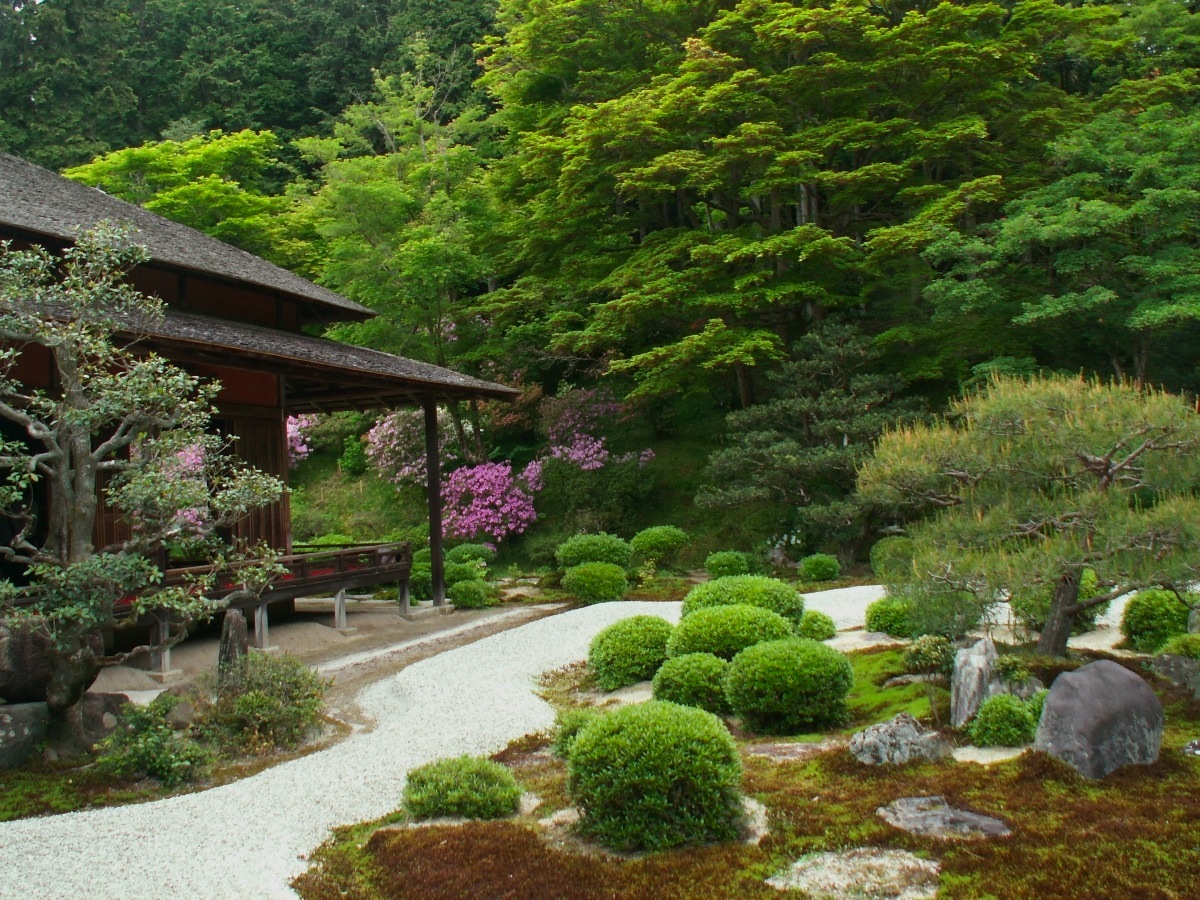
Wonderful contrast
In the “Karesansui” (dry landscape Japanese garden) of the precincts, A sand bar and haircap moss (a moss growing in wet and dark places) and colored leaves show wonderful contrast, you cannot miss the colored leaves shining in a white wall and a row of maple trees spreading out to the Chokushi-mon Gate (gate for imperial envoys).
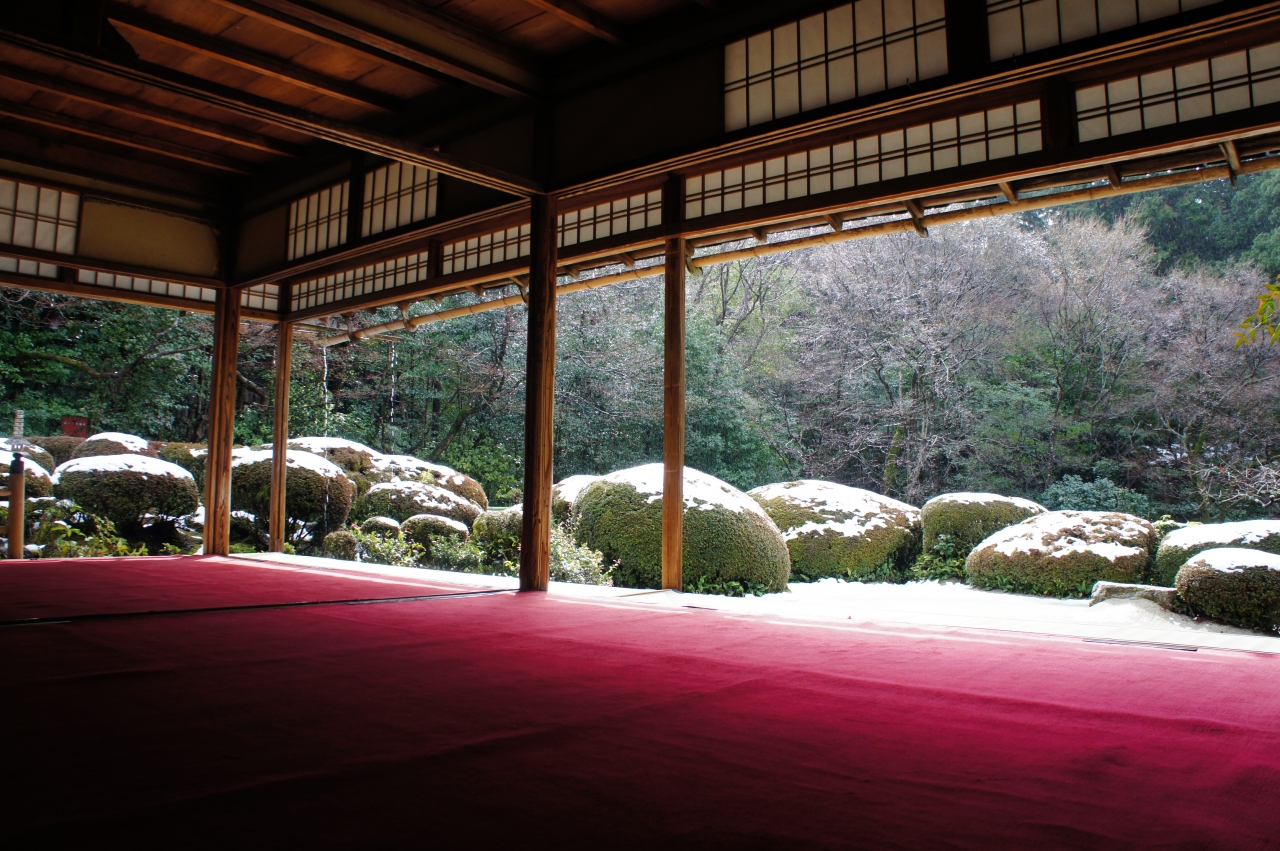
The famous spot of colored leaves of Kyoto
Since it is the famous spot of colored leaves of Kyoto, many people come in autumn. A famous spot of colored leaves is also a famous spot of fresh green maple, too. Manshuin temple is no exception, the fresh green maple are beautiful. You can enjoy it at the precincts and the outskirts.
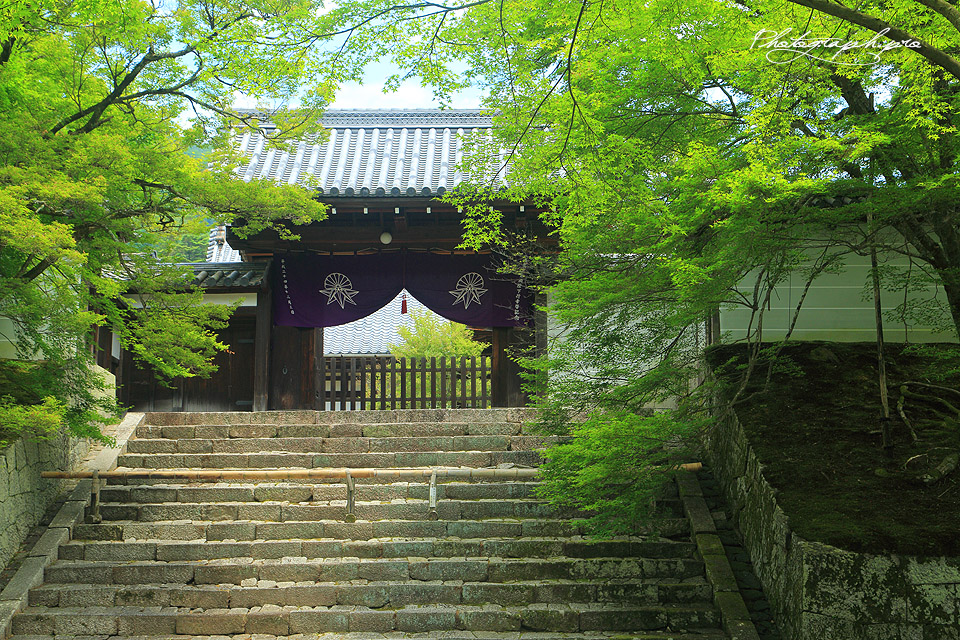
Let you feel eternal time
It may be lighted up by night, the colored leaves of the garden and a pattern of the sand bar rising for illumination, that let you feel eternal time.
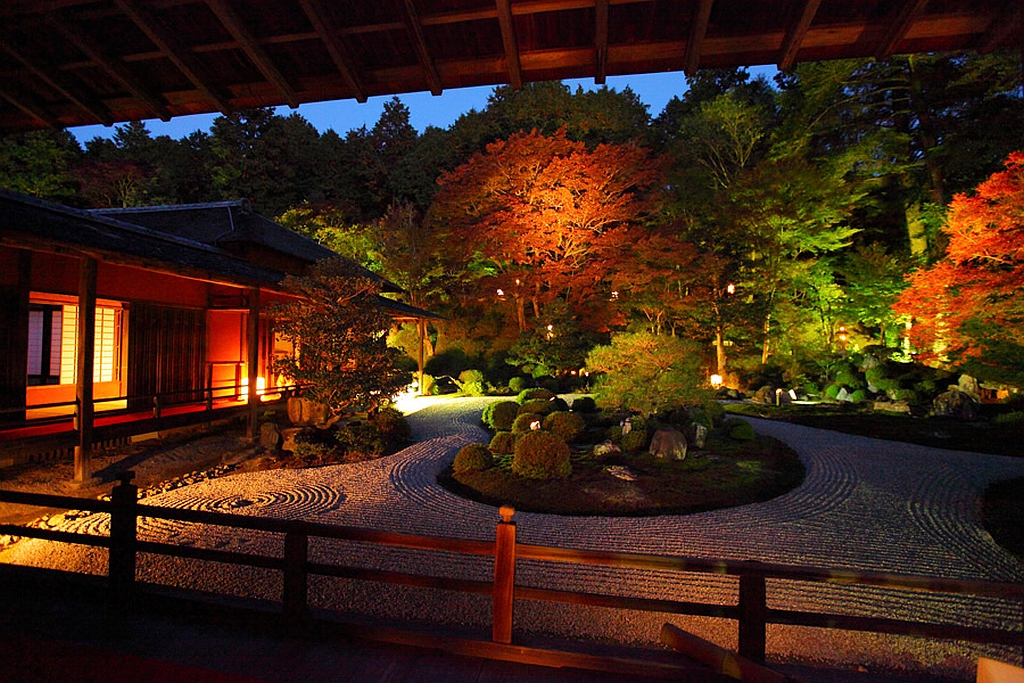
Information(Access, Price/Charge, Tel, Address, Official site, etc.)
| Name: | Manshuin Temple |
| Adresse: | Ichijojitakenouchicho 42 Kyoto Sakyo-ku, Kyoto 606-8134 Japan |
| Access: | Eizan-honsen Line “Shugakuin-eki Station” (20 minutes walk) |
| Tel: | (+81) 75-781-5010 |
| Price: | 600 yen (Adult) 500 yen (High School Students) 400 yen (Junior High School Students or Elementary School Children) Please refer the official web page. |
| Official site: | http://www.manshuinmonzeki.jp/ |
Leave a Reply